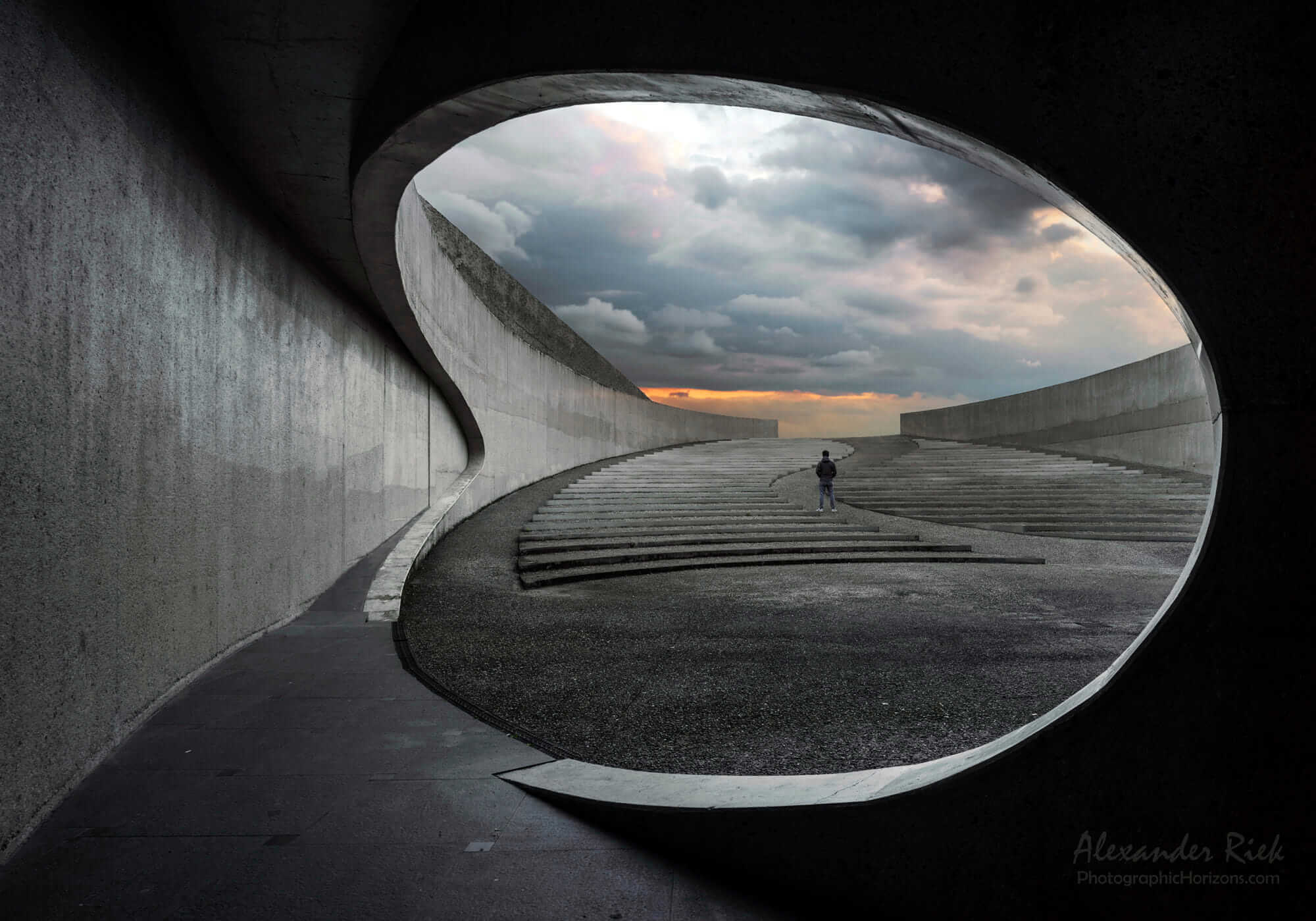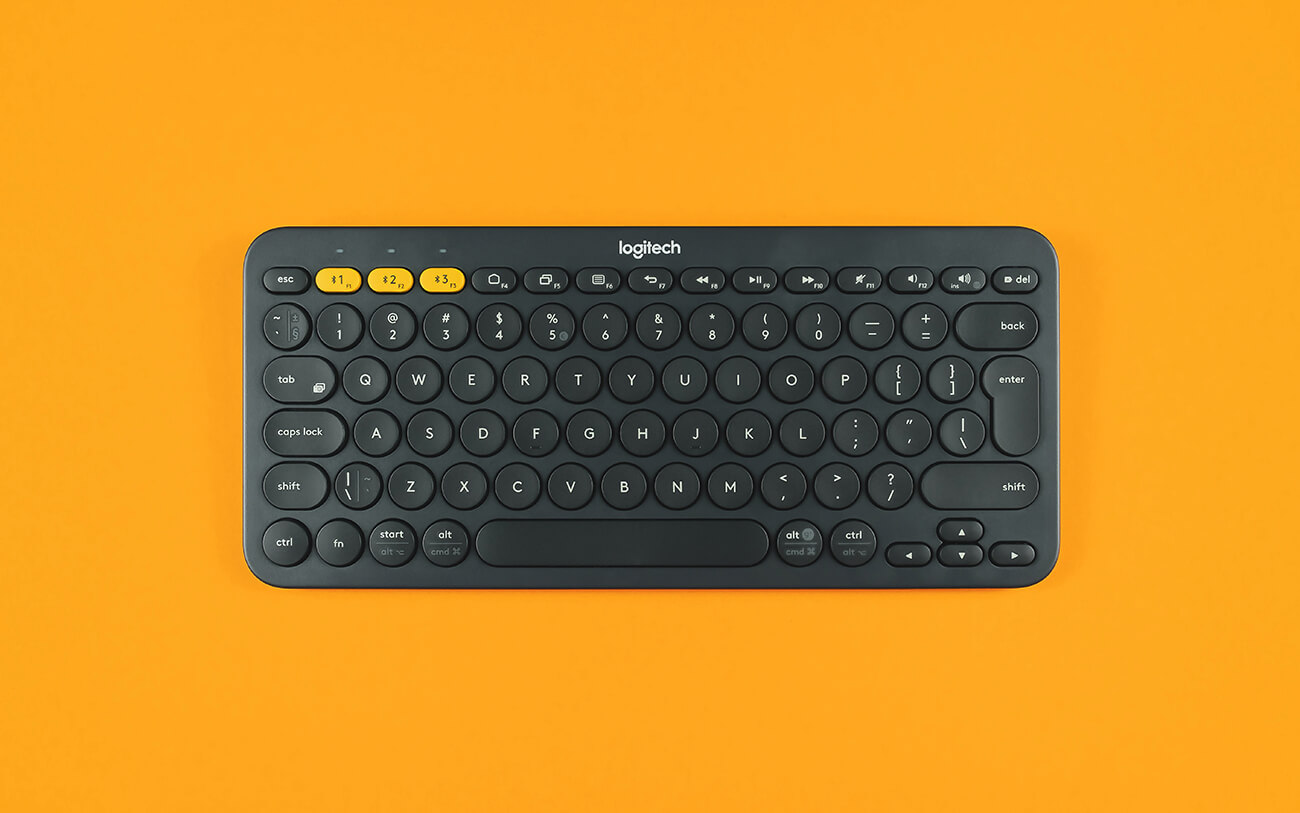In today’s visually-driven world, the role of a graphic designer is pivotal in shaping how businesses communicate their brand identity and messages. From creating compelling visuals to enhancing user experiences, graphic designers play a crucial role in various industries.
This article explores what graphic designers do, the skills required, career opportunities, and more.
Definition of a Graphic Designer
At its core, a graphic designer is a visual communicator who combines art and technology to create visually appealing concepts. They utilize their creativity and technical skills to produce designs that convey messages effectively.
Whether designing for digital platforms or traditional media, graphic designers bring ideas to life through strategic visual communication.
Importance of Graphic Design in Business
Graphic design is integral to business success as it helps establish brand identity, communicate messages clearly, and attract target audiences.
Effective graphic design enhances marketing efforts, strengthens brand recognition, and improves user engagement across various platforms.
Roles and Responsibilities of a Graphic Designer
Graphic designers undertake diverse responsibilities that include:
- Meeting with Clients and Art Directors: Understanding client needs and project requirements.
- Creating Visual Concepts: Developing initial concepts and ideas for visual communication.
- Designing Layouts and Selecting Visual Elements: Choosing colors, typography, and images that align with the brand.
- Presenting Design Concepts and Incorporating Feedback: Collaborating with clients and teams to refine designs based on feedback.
- Reviewing Designs for Errors: Ensuring accuracy and quality in final deliverables.
Tools and Software Used by Graphic Designers
Graphic designers utilize a range of tools and software to execute their designs efficiently, including:
- Digital Illustration and Photo Editing Software: Adobe Photoshop, Illustrator, and other tools for creating and editing graphics.
- Layout Software: Adobe InDesign for designing layouts and formatting content.
- Specialized Software: CAD software for technical drawings, Sketch for digital sketching, and more tailored tools for specific design needs.
Specializations in Graphic Design
Graphic design encompasses various specializations, each focusing on different mediums and objectives:
- Print Media: Designing for books, magazines, brochures, and other printed materials.
- Digital Media: Creating graphics for websites, social media, and user interfaces.
- Branding: Developing logos, typography, and color palettes that define a brand’s identity.
- Advertising: Designing campaigns, overlays, signage, and digital advertisements.
- Packaging Design: Creating packaging that attracts consumers and communicates brand values.
- Motion Graphics and Video Production: Designing animations and videos that engage and inform audiences.
Key Skills for Graphic Designers
Successful graphic designers possess a blend of technical proficiency and creative skills, including:
- Creativity and Artistic Ability: Generating innovative ideas and concepts.
- Communication Skills: Effectively conveying ideas to clients and team members.
- Technical Proficiency: Mastery of design software and tools.
- Understanding of Color Theory and Typography: Applying principles that enhance visual appeal and readability.
- Knowledge of Layout Principles: Organizing elements in a way that guides the viewer’s eye and improves user experience.
Educational Pathways and Career Development
Aspiring graphic designers often pursue formal education and continuous skill development:
- Degrees and Certificates in Graphic Design: Bachelor’s degrees or diploma programs that provide foundational knowledge and practical skills.
- Importance of a Strong Portfolio: Showcasing work to demonstrate skills and creativity.
- Internships and Volunteer Work: Gaining hands-on experience and building professional networks.
- Professional Development and Networking: Attending workshops, seminars, and joining industry associations to stay updated with trends and advancements.
Career Opportunities and Job Outlook
Graphic designers work in diverse settings, including agencies, in-house teams, and as freelancers:
- Common Job Titles: Creative Director, Art Director, Package Designer, and more specialized roles.
- Salary Expectations in India: Salaries vary based on experience, location, and industry demand.
- Future Trends and Market Growth: Increasing demand for digital content and online presence fuels growth in graphic design careers.
Graphic Design vs. UX/UI Design
While graphic design focuses on visual communication, UX/UI design centers on enhancing user experiences:
- Differences in Focus and Responsibilities: Graphic designers create visuals, while UX/UI designers focus on user interface functionality and usability.
- Overlapping Skills and Collaborative Roles: Both disciplines require creativity, understanding of design principles, and collaboration with teams like marketing and development.
Why Pursue a Career in Graphic Design?
Graphic design offers opportunities for creativity, growth, and impact:
- Flexibility and Creativity: Working on diverse projects that challenge and inspire.
- Opportunities for Growth and Specialization: Evolving alongside technology and industry trends.
- Impact on Branding and Marketing: Shaping how brands connect with audiences and convey their stories.
Conclusion
In conclusion, graphic designers play a crucial role in shaping visual communication across industries. By staying updated with trends and mastering design tools, graphic designers can drive innovation and create impactful visual experiences that resonate with audiences.





